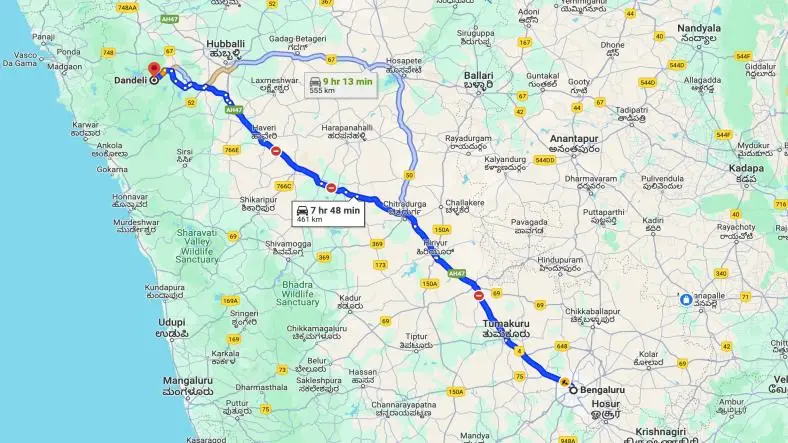Creating a volcanic eruption with baking soda and vinegar is a classic and safe science experiment that demonstrates the reaction between an acid (vinegar) and a base (baking soda) to produce carbon dioxide gas.
Here's a simple step-by-step guide:
Materials:
- Baking soda
- Vinegar
- Dish soap (optional)
- Red food coloring (optional)
- Container or plastic bottle
- Modeling clay or playdough
- Tray or surface for containing the eruption
Procedure:
- Prepare the "Volcano": Use modeling clay or playdough to create the shape of a volcano around the container or plastic bottle. This will be the structure that simulates a volcano.
- Place the Container: Position the container (representing the volcano's crater) in the center of the tray or surface.
- Add Baking Soda: Place about two tablespoons of baking soda into the crater formed by the container.
- Optional: Add Dish Soap and Food Coloring: For added effect, you can add a few drops of dish soap (to create foaming) and red food coloring (to simulate lava) to the baking soda.
- Prepare Vinegar Mixture: In a separate container, pour vinegar. You can also add a few drops of dish soap to the vinegar for more foaming action.
- Start the Eruption: Pour the vinegar into the crater (over the baking soda) and watch the eruption happen.
- Observe and Discuss: Observe the foaming eruption and discuss the science behind it. The reaction between the vinegar (acetic acid) and baking soda (sodium bicarbonate) produces carbon dioxide gas, causing the foaming eruption.
Tips:
- Perform this experiment in an area that is easy to clean or use a tray to contain any spills.
- Experiment with different amounts of baking soda and vinegar to observe variations in the eruption.
- Discuss the chemical reaction that takes place, emphasizing the production of carbon dioxide gas.
This experiment is not only educational but also a lot of fun for kids. It helps them understand basic chemical reactions in a hands-on and memorable way
Thanks for reading the article, for more Science and Technology related articles read and subscribe to peoples blog articles.















